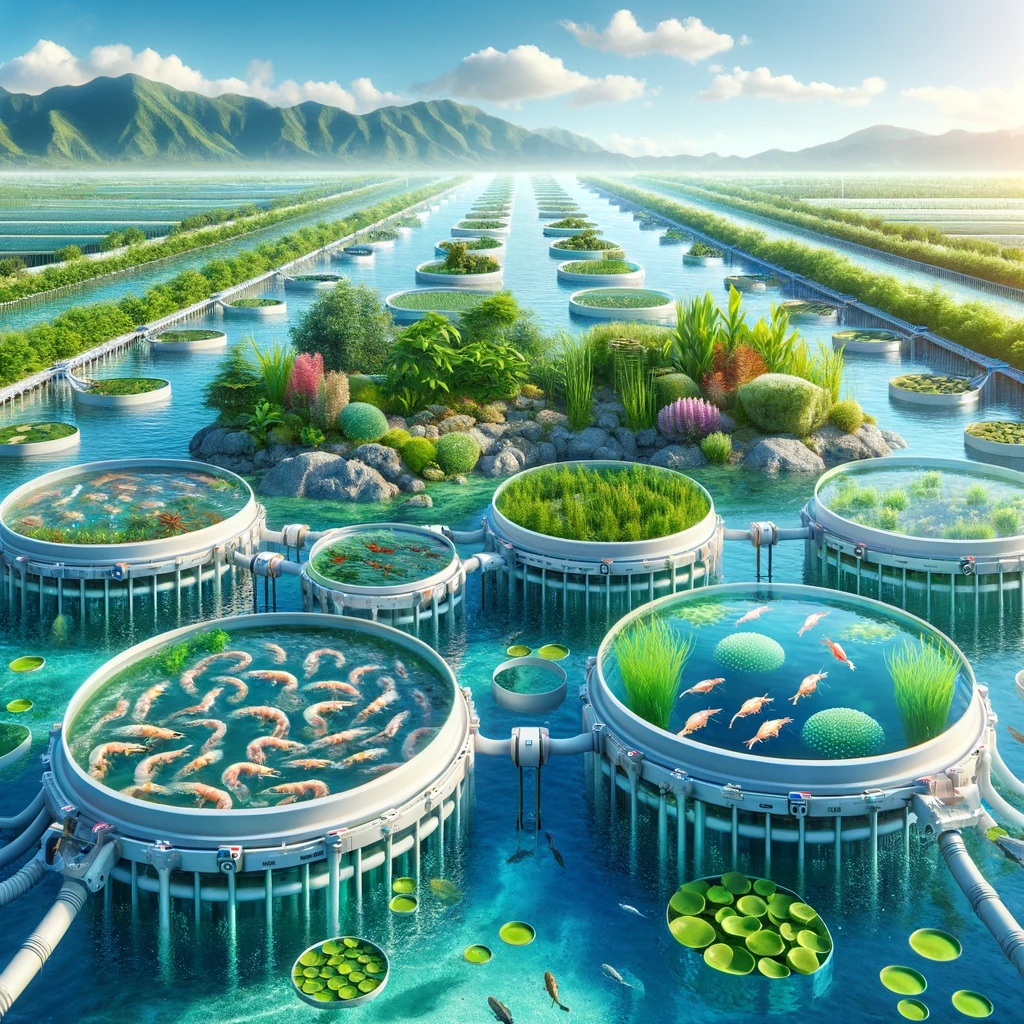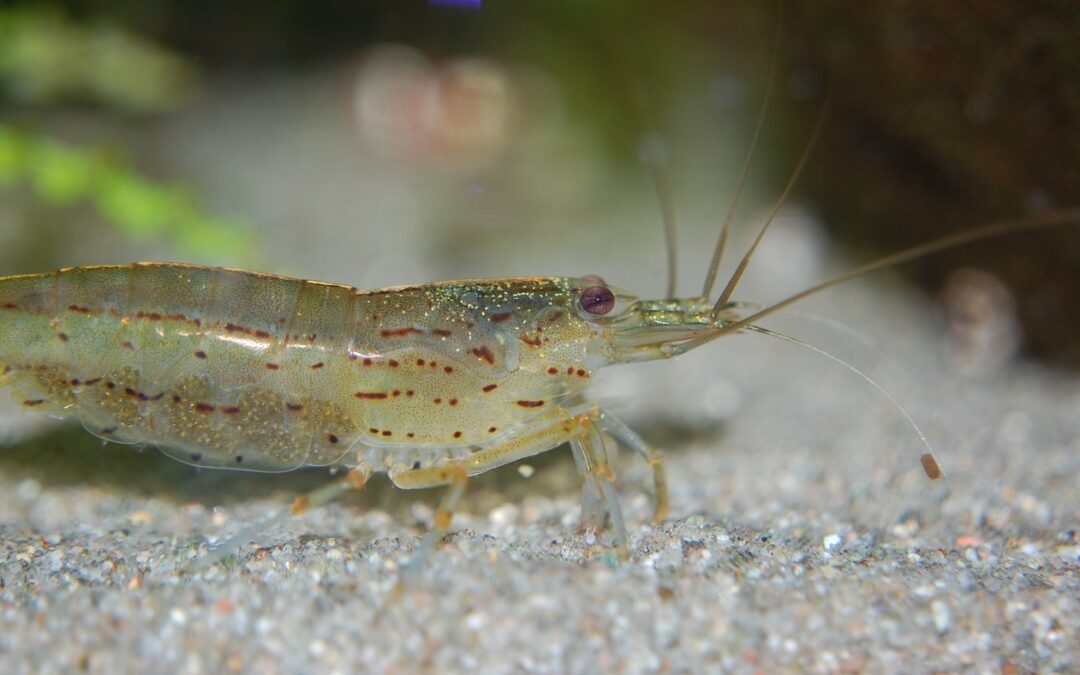In the ever-expanding world of aquaculture, sustainability is no longer a luxury but a necessity. As global demand for seafood, particularly shrimp, continues to rise, the industry faces increasing pressure to adopt practices that minimize environmental impact while ensuring economic viability and social responsibility. This blog delves into the sustainable techniques transforming shrimp farming, offering a blueprint for resilience and long-term success.
Why Sustainable Shrimp Farming?
“Sustainability in shrimp farming is not just about environmental conservation. It’s about securing a future for the industry itself,” explains a seasoned aquaculture expert. As we combat challenges like overfishing, habitat destruction, and pollution, sustainable practices stand out as essential for balancing ecological health with human needs.
Integrated Multi-Trophic Aquaculture (IMTA) Shrimp Farming
One of the cornerstone methods of sustainable shrimp farming is Integrated Multi-Trophic Aquaculture (IMTA). This innovative approach involves cultivating shrimp alongside different species, such as fish and seaweeds, in a single system. This diversity allows for natural nutrient cycling and waste assimilation, enhancing ecosystem resilience and reducing the need for external inputs.
Benefits of IMTA:
- Increased resource efficiency
- Reduced environmental impact
- Diversification of farm output

Biofloc Technology: A Game-Changer
Biofloc technology is revolutionizing shrimp farming by utilizing beneficial bacteria to maintain water quality and convert waste into valuable biomass. “With biofloc, we are turning problems into profits, transforming waste into a resource that benefits shrimp health and growth,” a farm owner shares enthusiastically.
Advantages of Biofloc Technology:
- Decreased water exchange rates
- Effective disease management
- Enhanced shrimp growth and health
Sustainable Feed Options and Probiotics
Transitioning to sustainable feed options, including those enriched with probiotics, is crucial for reducing the footprint of shrimp farming. These feeds not only lessen the reliance on traditional fishmeal and oils but also improve shrimp health and farm efficiency.
Why Choose Sustainable Feeds?
- Conservation of marine resources
- Reduction of environmental pollutants
- Improvement in overall farm sustainability
The Value of Organic Certification
Organic certification has emerged as a powerful tool for shrimp farmers aiming to elevate their market presence and consumer trust. This certification strictly prohibits synthetic additives and promotes practices that are kind to both the environment and the animals.
Perks of Going Organic:
- Access to premium markets
- Higher product prices
- Enhanced consumer confidence
Conclusion: The Path Forward
The integration of sustainable practices like IMTA, biofloc technology, sustainable feeds, and organic certification into shrimp farming not only mitigates the industry’s environmental impact but also boosts its economic and social sustainability. “By adopting these practices, shrimp farmers can ensure their operations thrive economically without compromising the planet,” concludes the expert.
We must continue to support research and innovation in sustainable aquaculture to safeguard the future of our oceans and the communities that depend on them. For those interested in learning more about sustainable aquaculture practices or connecting with like-minded professionals, visit The EAT Community. Together, we can make a difference in the world of shrimp farming.
Are you ready to join the movement towards sustainable shrimp farming? Connect, learn, and grow with us at www.eatcommunity.com. Let’s make sustainability the cornerstone of aquaculture!
Related Articles and Resources:
- Sustainable Fish Farming: Meeting the Rising Demand for Ethical and Eco-Friendly Seafood
- Embracing Sustainability in Shrimp Farming: A Step Towards Circular Economy
- IMTA Enhancing Sustainability in Aquaculture Practices through Integrated Multi-Trophic Aquaculture
- Better Shrimp Farming Could Take a Bite Out of Carbon Emissions



